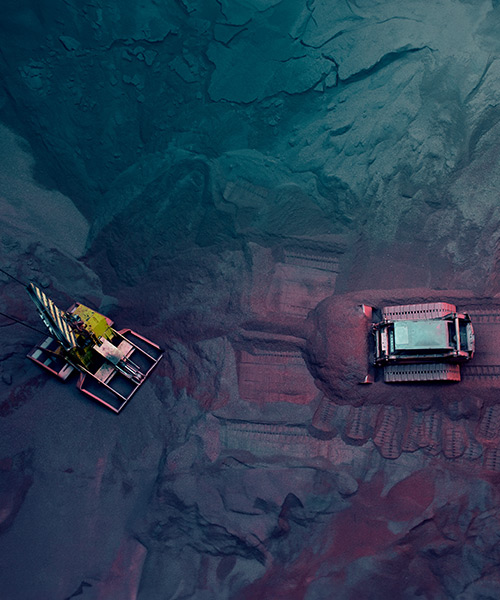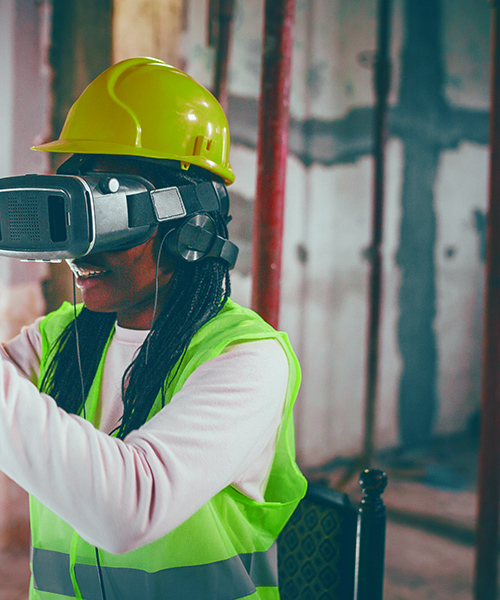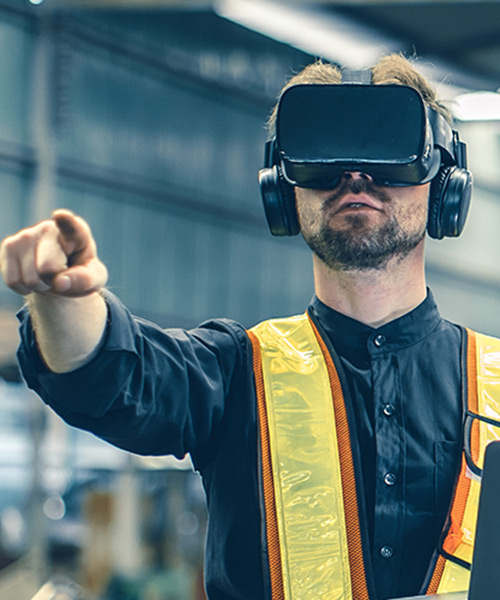November 07, 2024 • 3 min read
Transforming mining operations with digital twin technology
A digital twin is a digital replica of a mining asset, helping to optimize its design, deployment and operational efficiency.
In mining, lives and livelihoods are at stake. It’s complex and potentially dangerous work. Accurate information is essential to drive efficiency and help ensure the safety of workers and the surrounding community. However, too many companies operate with fragmented data, rendering them unable to access a single source of truth.
“Imagine a world where all your engineering information – from tag data to drawings, documents, and 3D models – is at your fingertips,” says Melanie G. Devins, our Senior Project Systems and Information Management Manager.
“You would finally have up-to-date information at your disposal, enabling you to maintain or modify assets seamlessly. That world is possible with digital twins.”
Digital twins can support decisions, save costs, and improve efficiency
A digital twin is a virtual replica of a physical asset that is used to visualize, monitor, and improve the real thing. In cases where a facility doesn’t yet exist, a digital twin can guide users toward the most effective operational design.
“Digital twins make information easily accessible from anywhere. We’re seeing fewer unnecessary trips to site offices to review drawings and documents such as equipment manufacturer manuals,” says Devins.
“All this information is now available on tablet devices. This not only saves time but also increases safety and reduces plant downtime.”
Digital twin technology can also help streamline information retrieval. “Using a digital twin’s 3D model allows project teams to search for documents by their unique tag numbers and quickly access relevant drawings, models, and manuals with just one click,” Devins adds.
Optimizing maintenance with digital twins, data modeling, and the IoT
One obstacle to creating digital twins is fragmented and outdated information. As a first step toward digital transformation, our team helps customers remediate and clean data to ensure it is structured, accurate, and accessible.
After this data remediation, digital twins can be used to transform maintenance strategies in combination with data modeling and Internet of Things (IoT) technologies.
“To optimize on-site maintenance, the key is turning data into knowledge,” says Devins. “We use sensors, including IoT devices, to capture process and asset data, which is then contextualized by subject matter experts to identify the normal and abnormal behavior of each asset.”
By detecting changes in performance, digital twins can create alerts that prompt site teams to act before issues worsen. This proactive approach helps teams modify functions, ignore irrelevant events, and initiate early interventions to resolve potential problems.
“Digital twins, when integrated with predictive analytical models, allow teams to anticipate equipment failures,” explains Devins. “This combination enables operators to foresee potential issues, make proactive decisions, and prevent costly unplanned downtime.
“Teams can also forward-plan by creating detailed work packages for maintenance projects, which optimizes resources and time.”
Overcoming the challenges of digital twin deployment
Success with digital twins is born in the engineering phase.
“Engaging with partner organizations early in a project and embedding cross-skilled personnel into a single team ensures that knowledge is transferred throughout the process and into operations,” says Devins.
“Ongoing knowledge transfer is critical, especially in mining where work is remote, and the workforce is fluid with frequent shift changes.”
Digital initiatives developed in isolation often fail to meet on-site operational needs, risking the long-term success of the investment. A collaborative approach is essential, ensuring that digital twin models evolve with the project and reflect the real needs of the operation.
“For brownfield sites, engaging the right experts is even more important. The structure, applications, and devices required to support a digital twin can strain operational budgets,” Devins explains.
“This requires commitment at both site and corporate levels to ensure project sustainability. Embracing digital twin technology with strong senior-level support is critical for mining operators who want to stay competitive in an industry rapidly advancing through digital transformation.”




